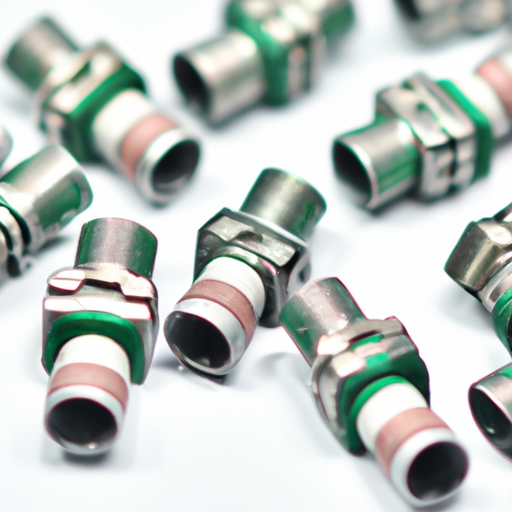Wire connectors are an essential component in the electrical and electronics industry, used to connect two or more wires together securely and efficiently. The production process of wire connectors involves several steps to ensure the quality and reliability of the final product. In this article, we will explore the mainstream wire connector production process in detail.

2. Material Selection: Once the design is finalized, the next step is to select the materials for the wire connector. The materials used in wire connectors must be conductive, durable, and resistant to corrosion. Common materials used in wire connectors include copper, brass, and aluminum.
3. Cutting and Shaping: The selected materials are then cut and shaped into the desired form for the wire connector. This process may involve cutting, bending, and stamping the materials to create the necessary components of the connector, such as pins, sockets, and housings.
4. Plating: After the components are shaped, they are plated with a thin layer of metal to improve conductivity and corrosion resistance. Common plating materials include gold, silver, and tin. The plating process may involve electroplating or hot-dip plating, depending on the material and requirements of the connector.
5. Assembly: Once the components are plated, they are assembled together to create the final wire connector. This may involve soldering, crimping, or welding the components together to ensure a secure and reliable connection. The assembly process must be precise to ensure the proper functioning of the connector.
6. Testing: After assembly, the wire connectors are subjected to rigorous testing to ensure they meet quality standards. This may involve electrical testing to check conductivity and resistance, as well as mechanical testing to check durability and reliability. Any defects or issues found during testing are addressed and corrected before the connectors are packaged and shipped.
7. Packaging and Shipping: The final step in the production process is packaging and shipping the wire connectors to customers. The connectors are packaged in boxes or reels, depending on the quantity and size of the connectors. They are then shipped to distributors, manufacturers, or end-users for use in various applications.
In conclusion, the production process of wire connectors involves several steps to ensure the quality and reliability of the final product. From design and development to material selection, cutting and shaping, plating, assembly, testing, and packaging, each step plays a crucial role in creating high-quality wire connectors for the electrical and electronics industry. By following a systematic production process, manufacturers can produce wire connectors that meet industry standards and customer requirements for performance and durability.
Wire connectors are an essential component in the electrical and electronics industry, used to connect two or more wires together securely and efficiently. The production process of wire connectors involves several steps to ensure the quality and reliability of the final product. In this article, we will explore the mainstream wire connector production process in detail.

2. Material Selection: Once the design is finalized, the next step is to select the materials for the wire connector. The materials used in wire connectors must be conductive, durable, and resistant to corrosion. Common materials used in wire connectors include copper, brass, and aluminum.
3. Cutting and Shaping: The selected materials are then cut and shaped into the desired form for the wire connector. This process may involve cutting, bending, and stamping the materials to create the necessary components of the connector, such as pins, sockets, and housings.
4. Plating: After the components are shaped, they are plated with a thin layer of metal to improve conductivity and corrosion resistance. Common plating materials include gold, silver, and tin. The plating process may involve electroplating or hot-dip plating, depending on the material and requirements of the connector.
5. Assembly: Once the components are plated, they are assembled together to create the final wire connector. This may involve soldering, crimping, or welding the components together to ensure a secure and reliable connection. The assembly process must be precise to ensure the proper functioning of the connector.
6. Testing: After assembly, the wire connectors are subjected to rigorous testing to ensure they meet quality standards. This may involve electrical testing to check conductivity and resistance, as well as mechanical testing to check durability and reliability. Any defects or issues found during testing are addressed and corrected before the connectors are packaged and shipped.
7. Packaging and Shipping: The final step in the production process is packaging and shipping the wire connectors to customers. The connectors are packaged in boxes or reels, depending on the quantity and size of the connectors. They are then shipped to distributors, manufacturers, or end-users for use in various applications.
In conclusion, the production process of wire connectors involves several steps to ensure the quality and reliability of the final product. From design and development to material selection, cutting and shaping, plating, assembly, testing, and packaging, each step plays a crucial role in creating high-quality wire connectors for the electrical and electronics industry. By following a systematic production process, manufacturers can produce wire connectors that meet industry standards and customer requirements for performance and durability.